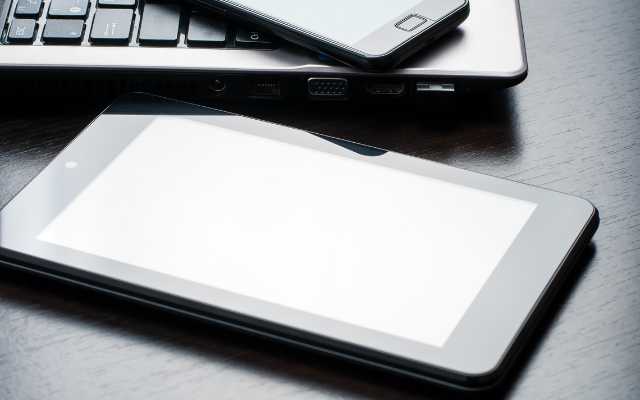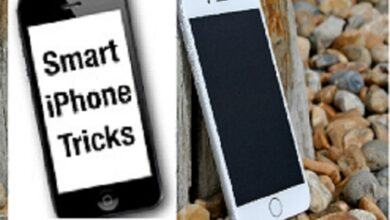How Many Electronic Devices Can I Take On A Plane?

How Many Electronic Devices Can I Take On A Plane? It may be challenging to stay up-to-date with the most recent aviation laws due to the constantly changing technologies we have access to on a daily basis.
Are you a sophisticated traveller who is constantly curious about how many electronics and gadgets you can bring on a plane?
It takes skill to manoeuvre through a crowded airplane’s cabin while carrying carry-ons, huge luggage, and objects of varied sizes that need to be safely stored during flight.
Planning ahead is essential to ensuring the smooth operation of your next flight journey as airlines are implementing more severe standards, particularly with regard to luggage sizes and forms.
The question “How many electronic gadgets may I carry on a plane?” is among the most often asked. Your travel can be more fun and stress-free if you know the answer to this query.
This guest post is being published on behalf of general lounge
Know Before You Go
There are certain limitations, but the Transportation Security Administration (TSA) permits travellers to bring as many electronic devices as they require.
All electronic equipment must be placed in a separate bin for x-ray screening and must fit easily in one quart-sized bag or smaller.
Laptops, tablets, e-readers, and other devices bigger than a mobile phone must also be taken out of their cases and put in separate bins for screening.
It’s also crucial to remember that packing electronics in checked baggage increases the possibility of damage or malfunction brought on by pressure fluctuations during flight.
Be Prepared for Screenings
At checkpoints, security agents may also request that passengers switch on any portable gadgets they are carrying.
Therefore, before you leave the house, make sure that all of your gadgets are completely charged.
It is conceivable that extra screenings will be conducted when a gadget fails inspection because it cannot be turned on, and/or the item may be confiscated entirely.
Before leaving for their travels, travellers should always check that their gadgets are fully charged in order to avoid these inconveniences.
Special Considerations
Due to security concerns, certain airports may also place further limitations on the use of specific types of electronic devices on board aircraft.
Therefore, it is strongly advised to investigate local airport restrictions before travelling with any electronic item larger than a mobile phone or tablet.
It’s also crucial for travellers who intend to use their cell phones on overseas flights to confirm in advance with their service providers the cost of international call roaming.
So they won’t be surprised by a charge when they arrive home from their trip!
Can You Use Portable Electronic Devices On The Plane?
More travellers are questioning if they may use their computers, tablets, and cellphones while on a plane as our lives grow more linked and dependent on technology.
Due to their growing convenience, portable electronic devices (PEDs) have almost become everywhere. However, the decision of whether you can use a PED on an aircraft is complex and must be made case-by-case.
If you want to carry these devices onboard, it is essential to check the airline’s website before booking your tickets because domestic and foreign airlines sometimes have quite varied regulations regarding PEDs.
Some airlines let passengers use PEDs during takeoff, landing, and other phases of flight, albeit they might not always be permitted while the aircraft is in the air.
Travellers may ensure they enjoy a relaxing, stress-free journey by being aware of the numerous restrictions.
How does Aviation Security screen for restricted items?
A crucial component of flight travel is aviation security, and many passengers are interested in how it protects against harmful or forbidden objects.
Hazardous and non-hazardous goods are included on the list of restricted items, and extra care must be taken to prevent them from entering airports and boarding flights.
These things are screened for by aviation security personnel using a number of techniques, including x-ray machines, metal detectors, and physical searches.
These inspections play a crucial role in avoiding possible hazards from entering the airspace.
In addition, as contemporary technology advances, more effective screening procedures are being developed that not only improve passenger safety but also streamline the security checkpoint process. This maintains safety while enabling people to travel in silence.
- Electronic Waste: Why e waste is a Problem?
- How To Activate ATT SIM, Wireless Devices and Voicemail
- Miui 13 Based Android 12 Eligible Devices Complete List
Conclusion:
Knowing what kinds and how many electrical gadgets you can carry on an aeroplane might help you avoid problems later on.
Although the TSA permits travellers to carry a variety of electronic devices into aeroplanes, there are several limitations and unique concerns you should be aware of before packing your digital gear.
Ensure that your gadgets fit comfortably into a bag no larger than a quart. Before putting them in bins for x-ray screening, take them out of their cases. Charge all gadgets in advance, and check your local airport’s rules.
Before leaving on your trip, check with service providers regarding roaming costs, if any, so that you’ll be prepared wherever life takes you.






